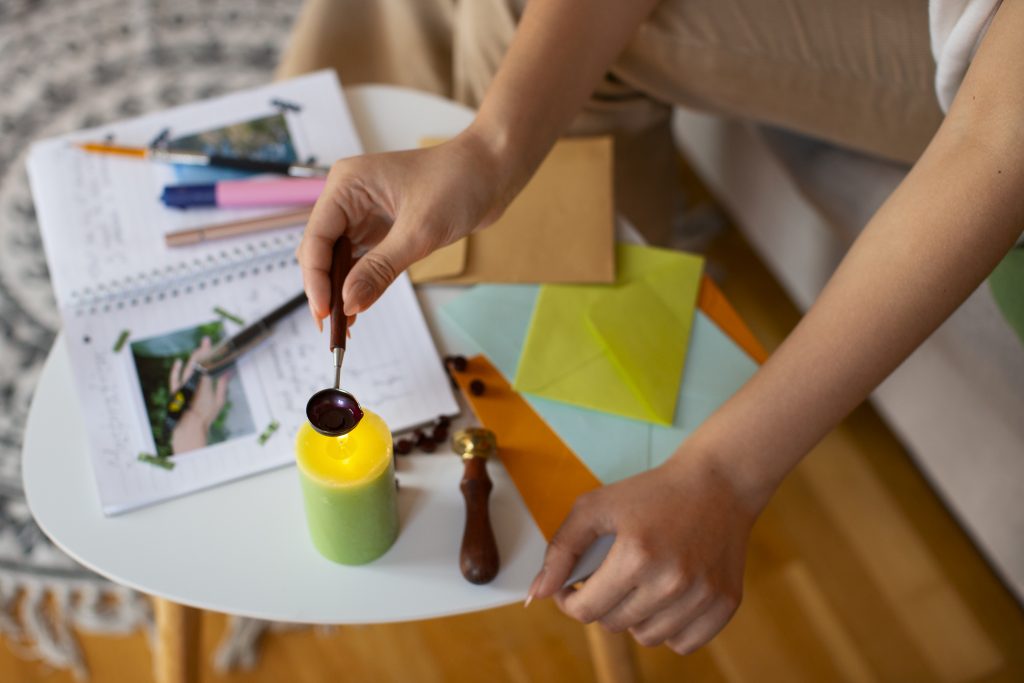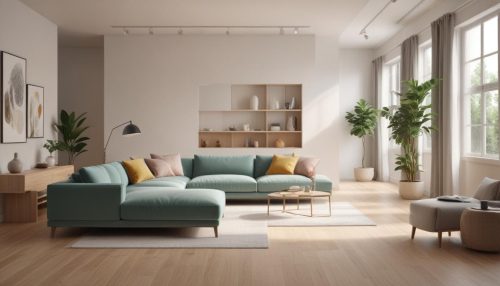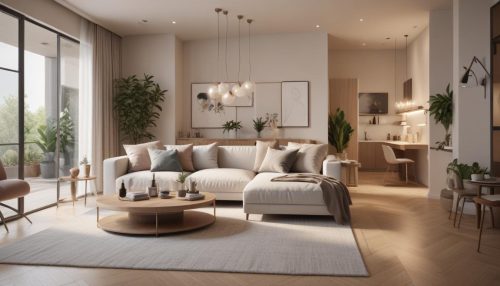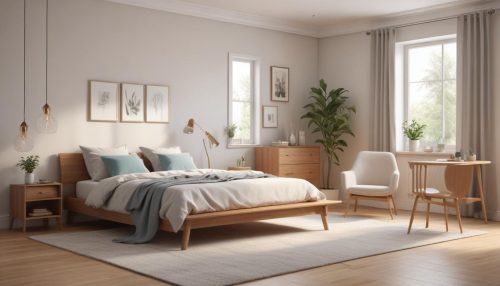How to Build a Creative Habit That Sticks
Emma Brooks July 17, 2025
Creativity is often seen as a spontaneous spark—an elusive burst of inspiration that arrives uninvited. But for those who rely on creativity for their work, whether it’s in writing, design, or other artistic pursuits, maintaining a consistent creative flow can be challenging. The idea of building a sustainable creative habit can feel daunting, especially when the process involves not just the physical act of creating but also the mental energy to keep going.
However, the truth is that creativity can be cultivated and nurtured through habit. Like any other skill, the more you practice it, the stronger it becomes. So, how do you build a creative habit that sticks and continues to fuel your projects day after day? In this guide, we’ll explore effective strategies for developing a sustainable creative habit, backed by the latest research on creativity, habit formation, and mental wellness.

Why a Creative Habit Is Essential
Before diving into the “how,” it’s important to understand the “why” behind developing a creative habit. Creativity often gets trapped in the myth of the “genius” who works in bursts of inspiration. In reality, creativity thrives through regular practice and routine, even in the absence of immediate inspiration.
Building a creative habit provides several key benefits:
1. Consistency Fuels Progress
Creativity isn’t always about waiting for the perfect idea—it’s about showing up regularly and creating, even when it feels challenging. As renowned author Stephen King once said, “Amateurs sit and wait for inspiration, the rest of us just get up and go to work.” By building a creative habit, you ensure that progress is made daily, even if it feels small.
2. Creativity Becomes a Reliable Source of Fulfillment
By creating a habit, creativity shifts from a fleeting activity to a cornerstone of your life. Instead of relying on occasional bursts of inspiration, creativity becomes a continuous source of personal satisfaction and growth, allowing you to tap into your full potential consistently.
3. Creative Habits Build Resilience
In creative work, rejection, frustration, and failure are inevitable. A solid creative routine provides a sense of security, allowing you to stay grounded when things don’t go as planned. The more you practice, the easier it becomes to push through creative blocks and stay motivated.
How to Build a Creative Habit That Sticks
Now that we understand the importance of a creative habit, let’s dive into actionable steps that can help you build one and keep it going for the long term.
1. Start Small and Build Gradually
One of the biggest mistakes people make when trying to develop a creative habit is setting overly ambitious goals. Starting with unrealistic expectations often leads to frustration, disappointment, and ultimately giving up. Instead, begin small, and build up over time.
- Set micro-goals: For example, instead of committing to write 1,000 words a day, start with 200 words. It’s easier to maintain small tasks consistently than overwhelming yourself with large ones.
- Celebrate small wins: Each time you complete a small task, acknowledge it. This will help build positive reinforcement and keep you motivated.
Starting small makes it easier to stick to your creative habit. According to Psychology Today, breaking tasks into manageable steps leads to more sustainable habits because it prevents feeling overwhelmed.
2. Establish a Routine
One of the key aspects of building a habit is consistency. By setting a routine, you condition your mind and body to associate a specific time of day with creativity. Having a designated time and place for your creative work removes decision fatigue and sets the stage for inspiration to strike.
- Pick a time: Choose a time of day when you feel most energized and productive. For some, it’s early morning, while others might thrive late at night. Experiment and find your optimal creative window.
- Create a ritual: Create a routine around your creative time, such as setting up your workspace, brewing coffee, or listening to specific music. Rituals signal to your brain that it’s time to focus.
Forbes highlights that the more consistent we are with our routines, the easier it is to build lasting habits.
3. Minimize Distractions
Distractions are one of the most significant obstacles to maintaining a creative habit. Whether it’s social media, emails, or even clutter in your workspace, distractions can break your flow and make it difficult to get back into the creative zone.
- Create a dedicated workspace: Set up a space that’s exclusively for creative work. This helps signal to your brain that when you’re in that space, it’s time to be productive.
- Limit digital distractions: Use apps like Freedom or Focus@Will to block distracting websites during your creative time. You could also use the “Do Not Disturb” feature on your phone to keep notifications at bay.
Research from The Harvard Business Review found that reducing distractions significantly boosts productivity and creativity, allowing you to stay focused and in the flow.
4. Embrace the Process, Not Just the Outcome
Creative work is often driven by a desire to produce something remarkable. However, focusing too heavily on the end result can lead to frustration and burnout, especially when progress seems slow. To build a lasting habit, shift your focus from the outcome to the process itself.
- Enjoy the journey: Instead of obsessing over the final product, savor the act of creating. Try to stay present and engaged with the process, even when it feels challenging.
- Allow for imperfection: Understand that not every session will yield a masterpiece. The act of showing up and creating consistently is what builds your creative muscle.
A study published in Psychology Today shows that enjoying the process of creation, rather than fixating on the end result, can help reduce stress and enhance creativity over time.
5. Track Your Progress and Reflect
Tracking your progress is a great way to stay motivated and ensure that you’re building your creative habit. Reflecting on your work can also help you recognize areas for improvement and adjust your routine accordingly.
- Use a journal: Keep a creative journal where you document your thoughts, ideas, and progress. This will not only give you a sense of accomplishment but also help you identify patterns in your creative process.
- Reflect weekly: Set aside time each week to review your work and progress. Celebrate what you’ve accomplished, and adjust your goals for the upcoming week.
Tracking progress aligns with research from The Journal of Applied Behavioral Science, which suggests that monitoring progress toward a goal increases the likelihood of success in habit formation.
Overcoming Common Obstacles
Building a creative habit isn’t always smooth sailing. Here are some common obstacles that people face and how to overcome them:
1. Creative Blocks: If you hit a creative wall, don’t force yourself to push through it. Instead, take a short break, go for a walk, or engage in a different creative activity. Sometimes, a change of scenery can reignite inspiration.
2. Self-Doubt: It’s normal to feel like your work isn’t good enough at times. Remember that consistency is key. The more you practice, the more confident you’ll become in your creative abilities.
3. Lack of Time: If you’re struggling to find time for your creative habit, try to incorporate it into your existing routine. For example, use your commute time to brainstorm or write, or dedicate 10 minutes before bed to sketching or journaling.
Conclusion
Building a creative habit that sticks isn’t about waiting for inspiration to strike—it’s about showing up regularly, practicing, and nurturing your creativity every day. By starting small, establishing a routine, minimizing distractions, and enjoying the process, you can develop a sustainable creative habit that not only helps you produce consistent work but also brings joy and fulfillment.
Remember, creativity is a muscle that needs regular exercise. The more you build your habit, the stronger and more reliable your creative flow will become. So start today, and let creativity become a fulfilling, consistent part of your life.
Reference
- Duhigg, C. (2012). The Power of Habit: Why We Do What We Do in Life and Business. Random House. – https://www.amazon.com
- Clear, J. (2018). Atomic Habits: An Easy & Proven Way to Build Good Habits & Break Bad Ones. Avery. – https://www.amazon.com
- Psychology Today – “Develop a Creativity Habit and Get More Out of Life” – https://www.psychologytoday.com





